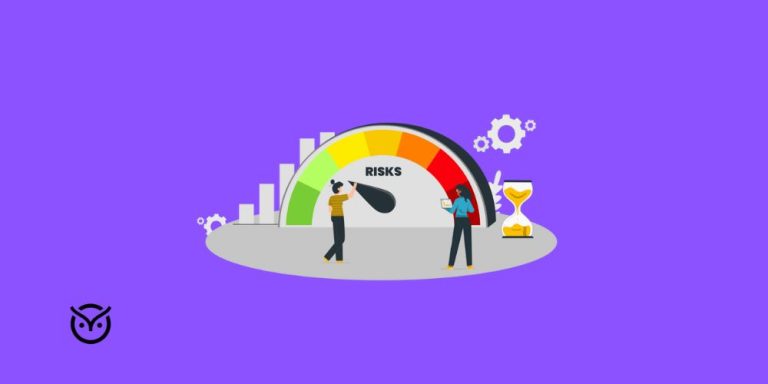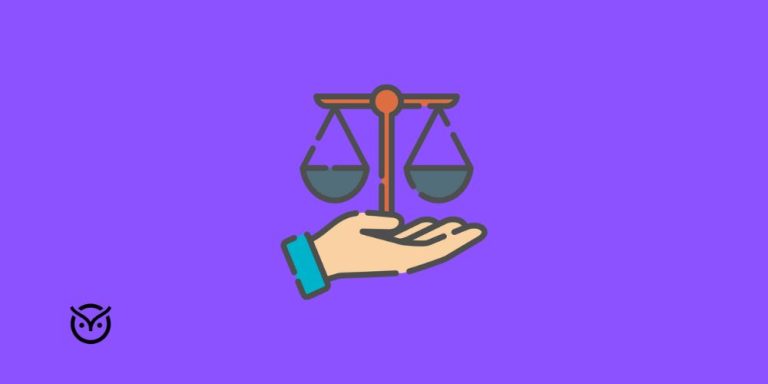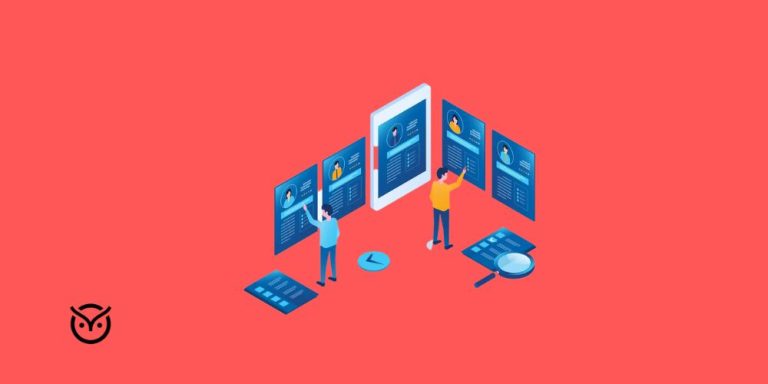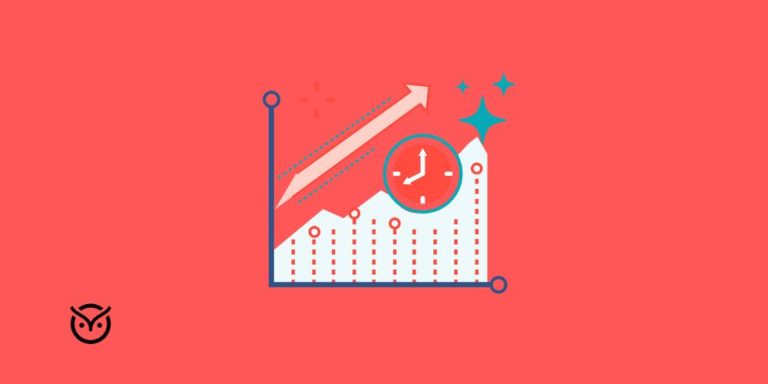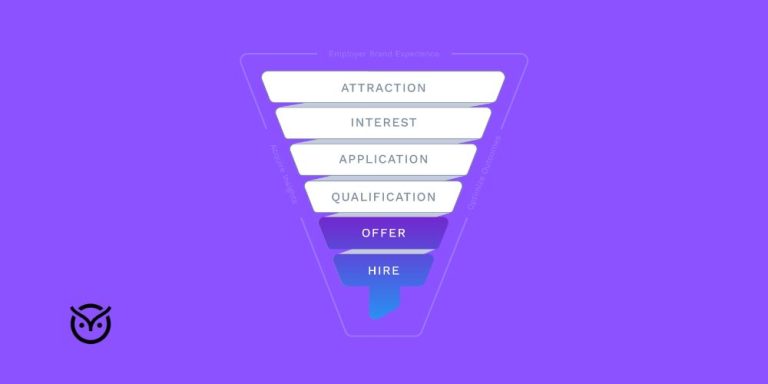Agile Workforce vs. Traditional Workforce: Key Differences
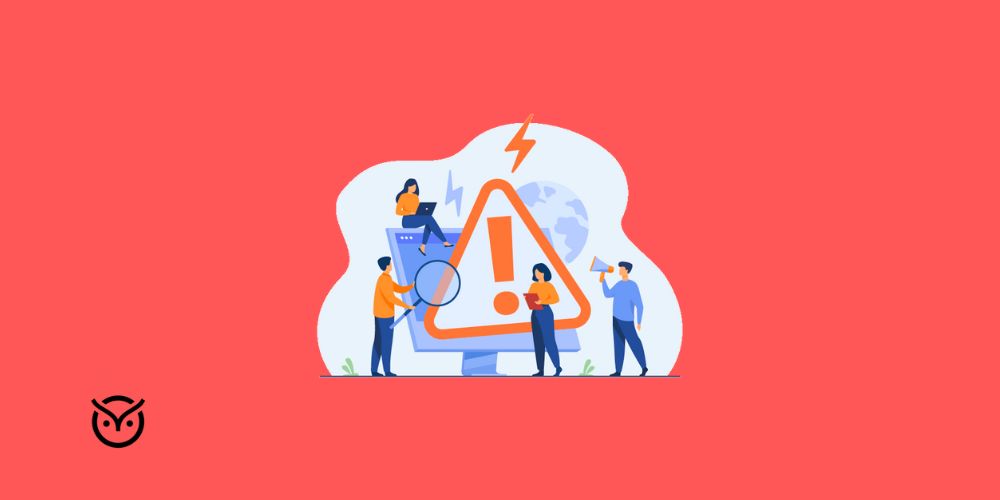
TL;DR
- Agile workforce vs. traditional workforce is about how teams deal with change.
- A traditional workforce sticks to set roles.
- An agile workforce shifts and adjusts fast.
- Companies want workforce agility to keep up.
- This helps choose the right path for agile workforce management.
Let’s suppose your team is buried under a strict workflow, rigid job descriptions, and endless approval chains. Each day looks much the same, and a sudden market twist sends a shock wave through the business. That is the space where the gap between the agile workforce vs. traditional workforce becomes painfully clear. The problem is simple. When something changes, like customer behaviour, technology, or competition, the slow-moving machine struggles.
Now imagine an environment where people shuffle roles, pivot quickly when priorities shift, and make decisions on the fly with minimal bureaucracy. That is a taste of the modern solution: building an agile workforce that thrives under change instead of crumbling. In this blog, you’ll learn exactly what we mean by both sides, how they differ, and why many organizations are shifting toward more nimble models.
What Is an Agile Workforce?
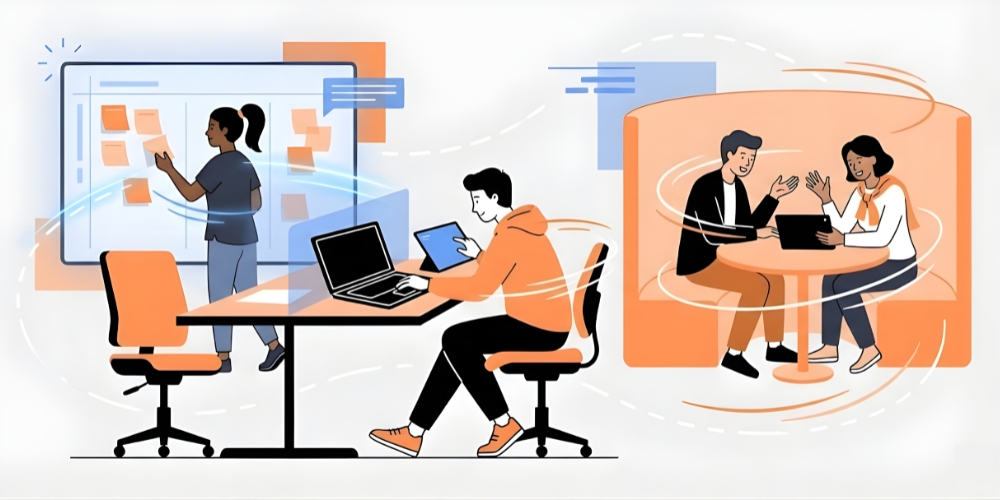
An agile workforce (also described as workforce agility) is a group of employees organised to adapt, learn, and deliver in a dynamic context. It is about more than just flexible hours or remote work. It is about how the workforce is structured, how decisions are made, and how quickly the organization reacts when things change. According to one definition, an agile workforce “enables companies to make decisions faster, generate more innovation, and scale their teams up or down as business needs change.”
Key features include:
- Flexible roles and cross-functional teams rather than fixed silos
- Autonomy in decision-making rather than long approval chains
- Continuous learning and reskilling rather than static job descriptions
- Use of tools and processes that support quick shifts (for instance, in agile workforce solutions)
- Planning that anticipates change (i.e., agile workforce planning) rather than just reacting
For example, research by McKinsey & Company found that HR organizations using agile models increased employee engagement by about 20 percent compared with more traditional models.
It’s essential, too, to link this with recruitment: building this kind of workforce often involves agile recruitment practices, such as hiring for adaptability and learning ability rather than fixed-role skills. It also means leveraging AI recruitment tools for speed and data-driven decision-making, and reducing dependence on manual recruitment screening, which slows things down.
What Is a Traditional Workforce?
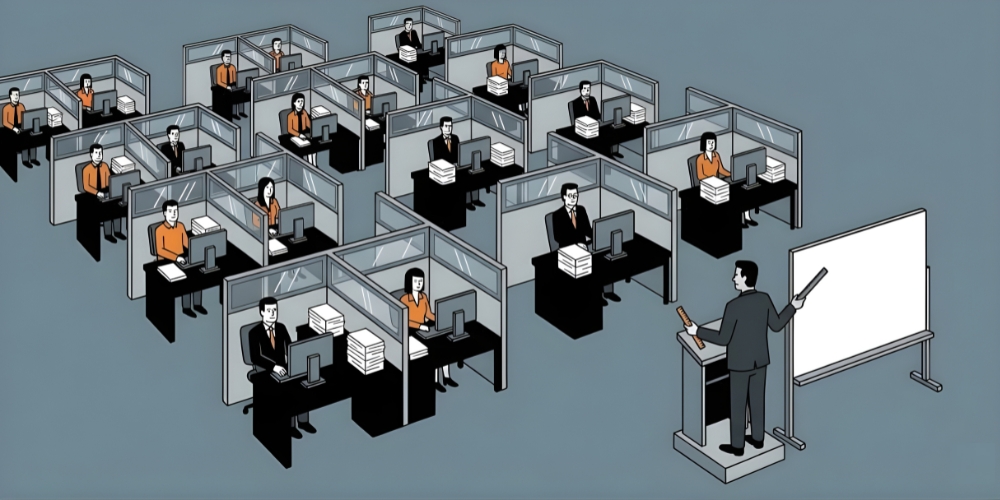
A traditional workforce describes a structure that many organizations have used for decades. It tends to rely on clear job titles, hierarchical layers, predefined roles and responsibilities, fixed schedules, and steady career paths. This model works well when change is slow, and the environment is predictable.
Typical features of a traditional workforce:
- A setup where leaders make the choices first, and instructions move downward through the team.
- Each employee has a defined role and stays within that role rather than shifting easily between projects.
- Planning is done with long lead times and fixed assumptions (this is traditional methodology).
- Workforces are stable, and change happens in phases rather than continuously.
- Tools and processes are set up for a predictable workflow rather than rapid pivots.
However, the drawback is that when conditions change, customer preferences shift, technology evolves, or competition emerges, the traditional workforce may struggle to adapt. In such cases, organizations find they must adjust their workforce strategy and consider whether their model supports rapid change or whether they need to boost agility in the workforce.
Bureaucracy Maze Puzzle
Start: An employee wants to update a product screen. Choose a path to see what happens.
You wait for approval. The manager asks you to check with the team lead.
The team lead is busy. You are told to create a summary report first.
Your report gets reviewed, edited and passed to another manager. You are still waiting.
Your request goes into a long queue. You may hear back next month.
Not allowed. You are sent back to the start.
Agile vs. Traditional Workforce — Key Differences

Agile Workforce vs. Traditional Workforce — Key Differences
| Dimension | Traditional Workforce | Agile Workforce |
|---|---|---|
| Structure | Hierarchical, fixed roles and layers | Flexible, cross-functional teams and role fluidity |
| Decision-making | Centralised, slow, top-down | Decentralised, faster, empowered teams |
| Planning horizon | Long-term, fixed assumptions (traditional workforce planning) | Shorter cycles, frequent reassessment (part of agile workforce planning) |
| Response to change | Reactive, slower to pivot | Proactive, designed to pivot and adapt |
| Skill development | Roles defined by job descriptions, less focus on ongoing reskilling | Focus on continuous learning, skill shifts and a growth mindset |
| Technology and tools | Traditional tools, slower adoption | Opens to new tools, including digital collaboration and real-time metrics (agile workforce management) |
| Work environment | Clearly defined schedules, fixed work locations | More flexible schedules, remote or hybrid models (agile workplaces) |
| Project methodology | Often uses the traditional project management vs agile project management debate | Favors agile methods with rapid iteration and frequent feedback |
| Marketing and other functions | May use traditional marketing vs agile marketing | Marketing works in sprints and adapts quickly based on data |
| Philosophy | Stability and predictability | Adaptation, speed and change readiness |
Why Companies Are Moving Toward Agility

Many organizations are shifting from traditional setups to models that support agility in the workforce because the pace of change keeps getting faster. Markets move quickly, customer expectations rise, and technology updates hit almost every quarter. A rigid setup simply cannot keep up with that speed.
This push is not about trends. It is about survival and staying ahead in markets where conditions shift without warning. Companies that once relied only on fixed roles and long processes are now exploring agile workforce solutions as a strategic move.
The rise of hybrid work and distributed teams is another factor. People now work across time zones, tools, and locations, which makes flexibility essential. In this environment, companies want workforces that can adapt quickly, switch between tasks, acquire new skills, and collaborate without waiting for lengthy approval chains.
Agility Pressure Test
Answer these short questions to see how agile your workplace feels.
Benefits of an Agile Workforce
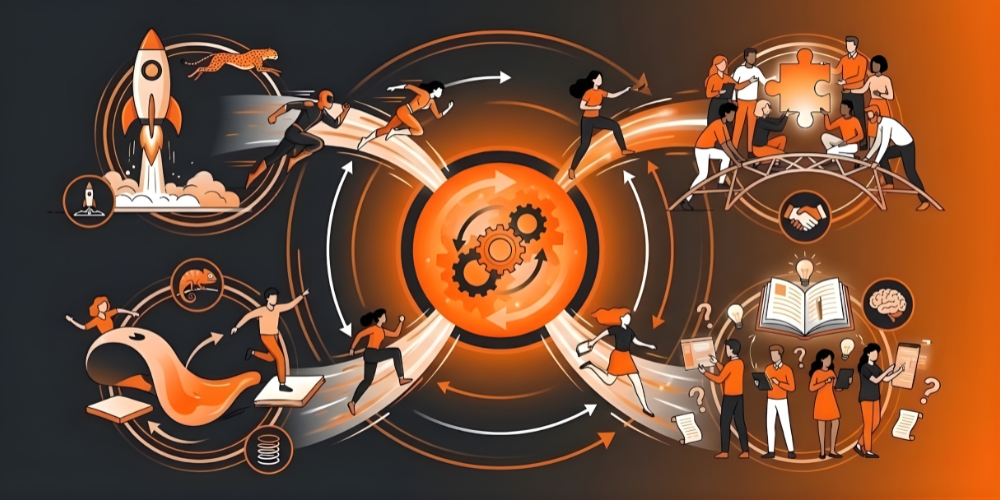
Building an agile workforce gives companies a competitive edge that traditional structures struggle to match.
Here are some of the most substantial benefits:
Faster Response to Change
An agile workforce adjusts quickly when customer needs shift or when the market demands a new approach. Teams can move in days rather than waiting through long approval cycles.
Better Innovation
Cross-functional teams bring diverse skills together. That mix leads to more fresh ideas, smoother collaboration and faster testing of new concepts. This is also where agile workplaces shine, as they support teams that experiment and iterate rather than follow fixed routines.
Stronger Engagement
When employees have autonomy, variety in their work, and the ability to grow new skills, engagement increases. People feel more ownership when they participate in decisions and see direct results from their work.
Better Planning and Productivity
Because agile workforce planning uses short cycles and quick adjustments, companies avoid the lengthy delays caused by outdated forecasts. Work gets distributed more evenly, and teams avoid long bottlenecks.
Stronger Alignment with Digital Work
Many organizations are shifting from traditional methodologies to more modern tools that support speed. Agile teams are better able to use digital platforms for collaboration, reporting, and workflow management.
Challenges of Building an Agile Workforce

While agility offers many advantages, it also presents challenges that must be considered.
Cultural Resistance
Teams accustomed to fixed roles can resist flexible setups. People may worry about losing their job identity or routine. Leadership needs to support the shift with training, clarity, and ongoing communication.
Skill Gaps
Agility works best when people can adjust, learn quickly, and shift between responsibilities. If a team lacks these skills, the entire process slows. Companies need strong learning programs to help workers build adaptability.
Coordination Across Teams
Agile models work best with high visibility and frequent communication. If updates are not shared clearly, teams may move in different directions. This is often seen when companies move from traditional methodology to modern models without proper training.
Manager Readiness
Leaders who grew up managing fixed teams may find it hard to coach employees in a flexible setup. Managers need to shift from controlling tasks to guiding outcomes, which is a significant mindset change.
Agility Obstacle Course
Choose your next step and see what happens.
You are trying to shift your team toward agility but they resist. What do you do?
Force the change
The team pushes back harder. Progress slows because people feel unheard.
Train slowly
The shift begins but takes longer. People adjust at their own pace and build confidence over time.
Ask for feedback
You uncover real concerns. Fixing those issues helps the team adopt agility with far less resistance.
Conclusion
The shift from traditional models to agile ones is not just another workplace trend. It is a response to changing business realities. Companies that embrace agility unlock faster decision-making, stronger innovation, and teams that adjust quickly when the world changes around them. Whether you are reviewing your structure, updating skills, or improving your planning, taking steps toward agility helps you build a workforce ready for the future.
FAQs
What is the main difference between agile and traditional workforces?
A traditional workforce relies on fixed roles and strict hierarchies, while an agile workforce emphasises flexibility, collaboration and rapid adjustment as priorities shift.
What tools help manage an agile workforce?
Digital collaboration tools, workflow platforms, performance dashboards and communication systems help teams work in shorter cycles and stay aligned.
Why are companies adopting agile workforce strategies?
Companies want smoother ways to work so they can act quickly, try new ideas and adjust when the market shifts. A flexible workforce model helps teams stay adaptable and deliver stronger outcomes without getting held back by slow processes.


